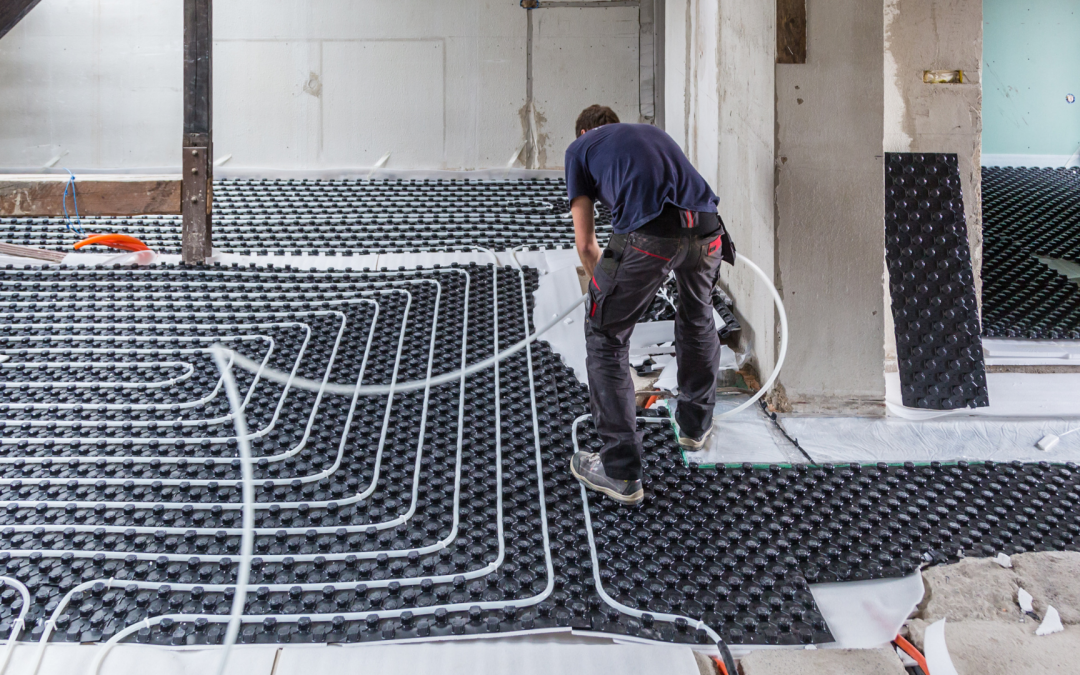With more than 10,000 churches in the UK alone, it makes sense that many of them are trying to find ways to save money and become more environmentally friendly.
A recent survey by Good Energy found that nearly half of churchgoers regularly attend a service on a cold day or night, so it’s no wonder that heating has been identified as a major priority for many churches when considering their energy bills.
In this post we explore why underfloor heating could be the perfect solution for your church.
Why underfloor heating?
Underfloor heating is a great solution for churches. The system is efficient, cost-effective and easy to install.
- Underfloor heating has many benefits, including:
- low running costs (usually about half the cost of radiators)
- greater comfort than conventional systems in winter months
- better air quality (no dust from fans or heaters)
How does underfloor heating work?
Underfloor heating is the perfect way to heat your church. It’s simple, cost-effective and efficient, and it can be used in a variety of ways. This type of heating system provides both radiant heat and convective air movement – bringing warmth to all areas of your church at once.
Underfloor heating works by distributing warm water through pipes laid beneath floorboards or wooden boards, rather than using radiators or other traditional methods (i.e., blowing hot air). The water then heats up due to its proximity to the floorboards/wooden boards; this creates a more even distribution of heat throughout the room compared with traditional methods that tend to create pockets of hot and cold spots across large spaces.
Cost savings of underfloor heating
The most obvious benefit of underfloor heating is that it’s more energy-efficient than other forms of heating. On the surface, this might not seem like much of a deal: how much money can one save by having their thermostat set at 68 degrees? But on average, you can actually save around 10% off your total energy bills with underfloor heating.
Underfloor heating also saves money on maintenance and operating costs. If you have to replace radiators because they leak or fail over time—and all metal components will eventually corrode—then this isn’t something that’s going to happen often with an underfloor system. The same goes for having to hire someone to repair broken pipes or cables; if something does go wrong with an underfloor system, it can be repaired almost anywhere in the building without disrupting services or closing off entire areas from use.
Underfloor heating and disability
Underfloor heating is perfect for churches, as it can help people with a range of disabilities.
Underfloor heating can be beneficial to people with mobility issues or reduced dexterity by making it easier for them to get around the church. If you have underfloor heating in your building, installing ramps and handrails will make life easier for those who need them.
Churches are also often large spaces that can present difficulties for people with allergies and respiratory conditions such as asthma. Underfloor heating helps keep dust particles from rising into the air, reducing irritation and improving comfort levels throughout your building.
Underfloor heating could be the perfect solution to your church’s heating needs
- Underfloor heating is more efficient than radiators.
- It can be installed in a day, and it’s cheaper than electric heaters.
Conclusion
In conclusion, it is fair to say that underfloor heating could be the perfect solution to your church’s heating needs. Underfloor heating is a good choice for churches because it is effective, affordable and versatile. Whatever your church’s situation, you should look into underfloor heating as an option for your building and consider what savings you could make on energy bills for the church.



Recent Comments